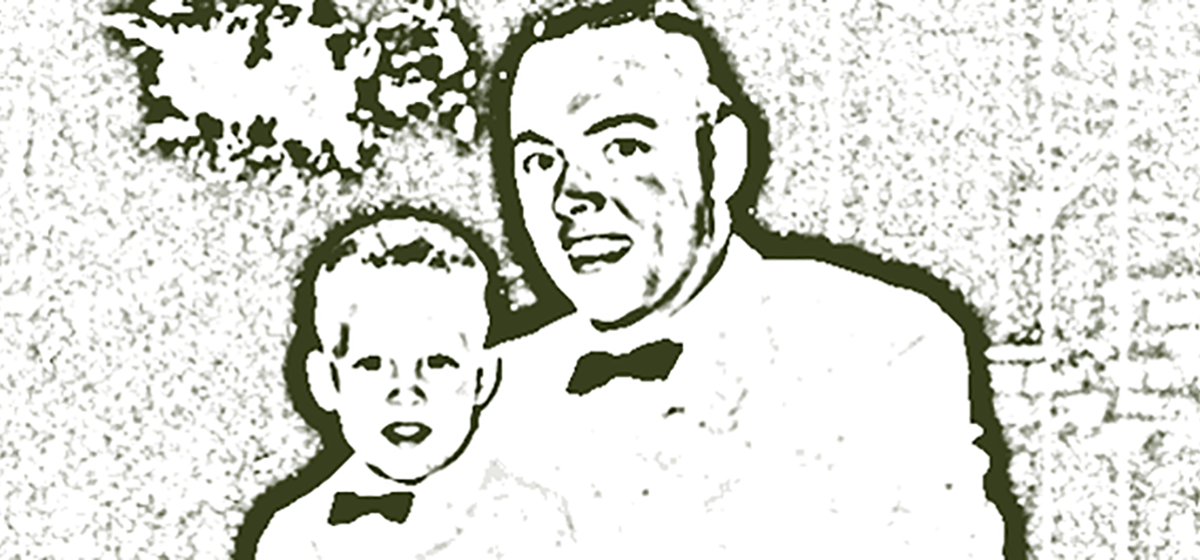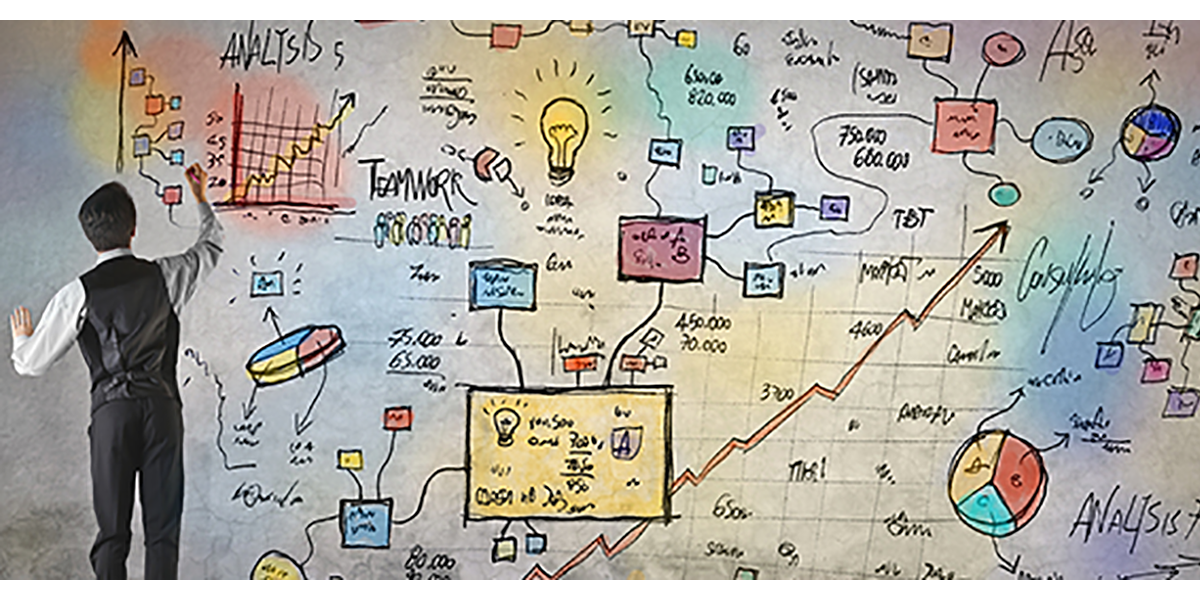Opportunities, challenges, and limitations
In a memorable scene from the 1996 movie, Twister, Dusty recognizes the signs of an approaching tornado and shouts, “Jo, Bill, it’s coming! It’s headed right for us!” Bill, shouts back ominously, “It’s already here!” Similarly, the approaching whirlwind of artificial intelligence (AI) has some shouting “It’s coming!” while others pointedly concede, “It’s already here!”
Coined by computer and cognitive scientist John McCarthy (1927-2011) in an August 1955 proposal to study “thinking machines,” AI purports to differentiate between human intelligence and technical computations. The idea of tools assisting people in tasks is nearly as old as humanity (see Genesis 4:22), but machines capable of executing a function and “remembering” – storing information for recordkeeping and recall – only emerged around the mid-twentieth century (see “Timeline of Computer History“).
McCarthy’s proposal conjectured that “every aspect of learning or any other feature of intelligence can in principle be so precisely described that a machine can be made to simulate it. An attempt will be made to find how to make machines use language, form abstractions and concepts, solve kinds of problems now reserved for humans, and improve themselves.” The team received a $7,000 grant from The Rockefeller Foundation and the resulting 1956 Dartmouth Conference at Dartmouth College in Hanover, New Hampshire totaling 47 intermittent participants over eight weeks birthed the field now widely referred to as “artificial intelligence.”




